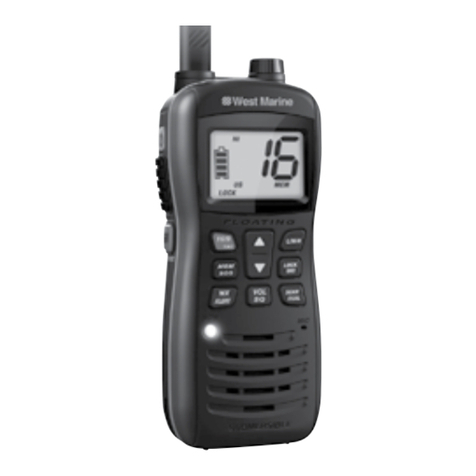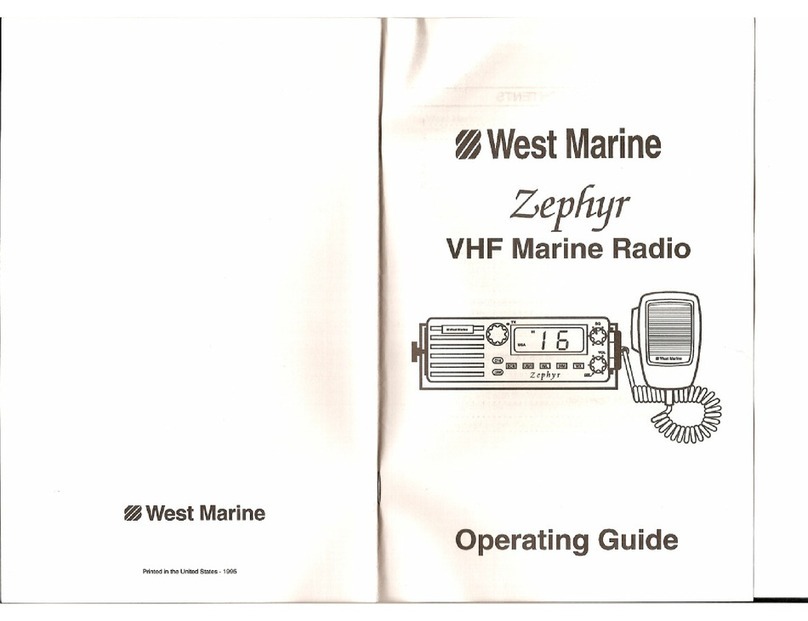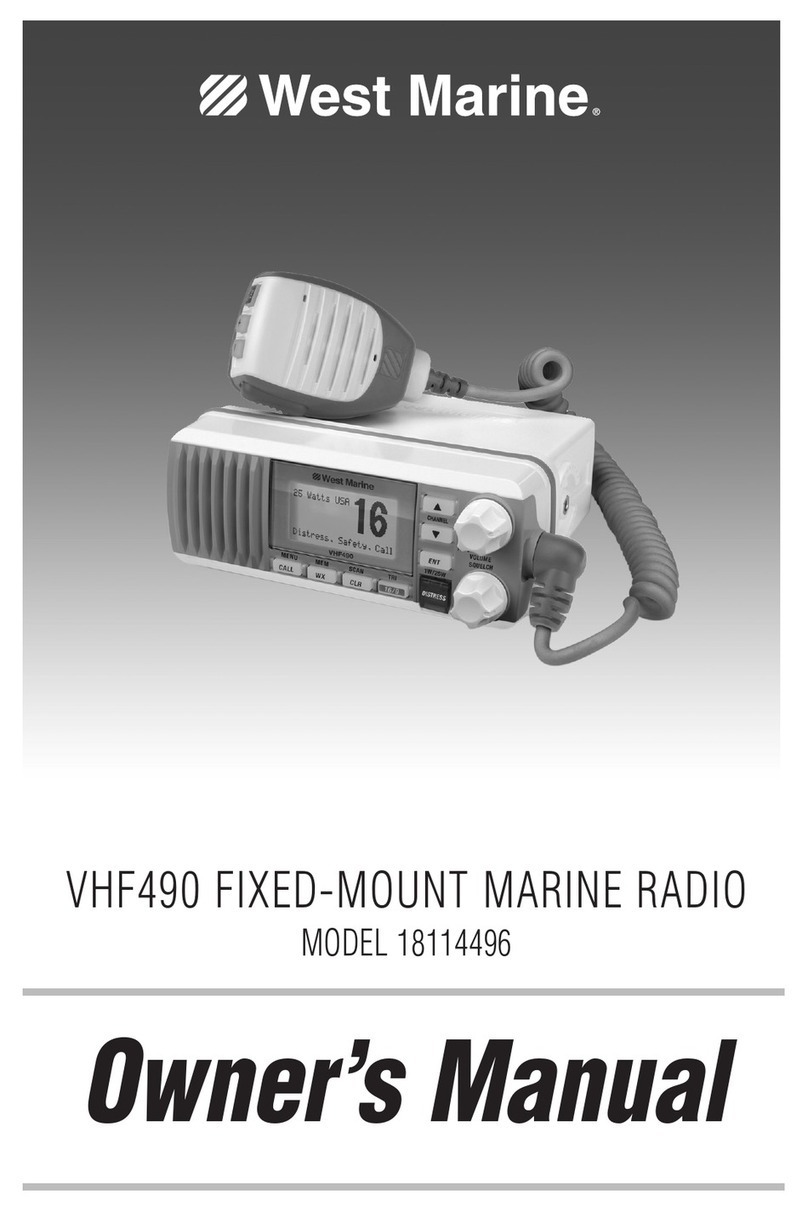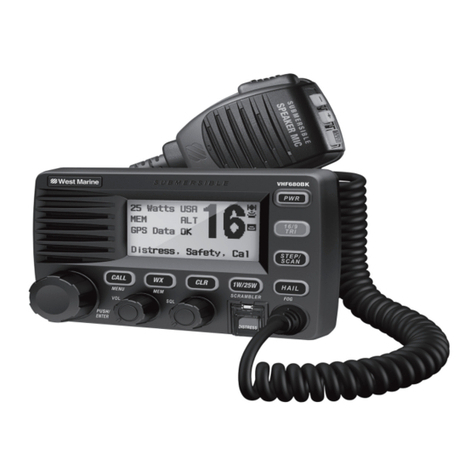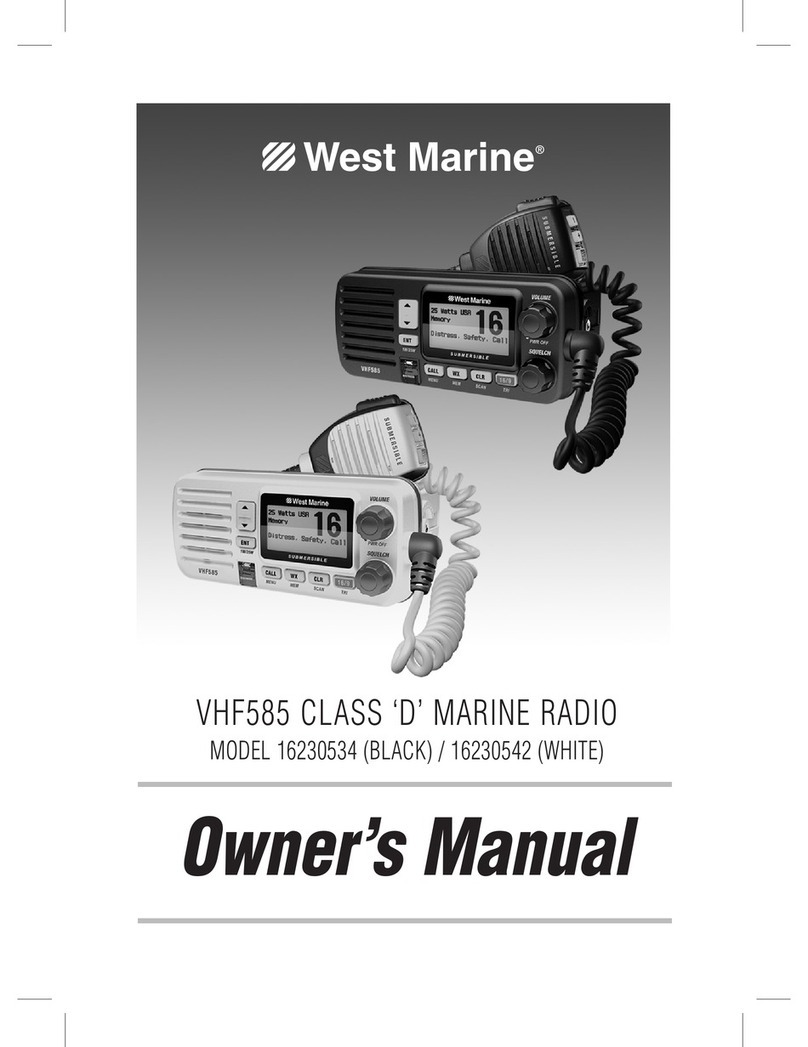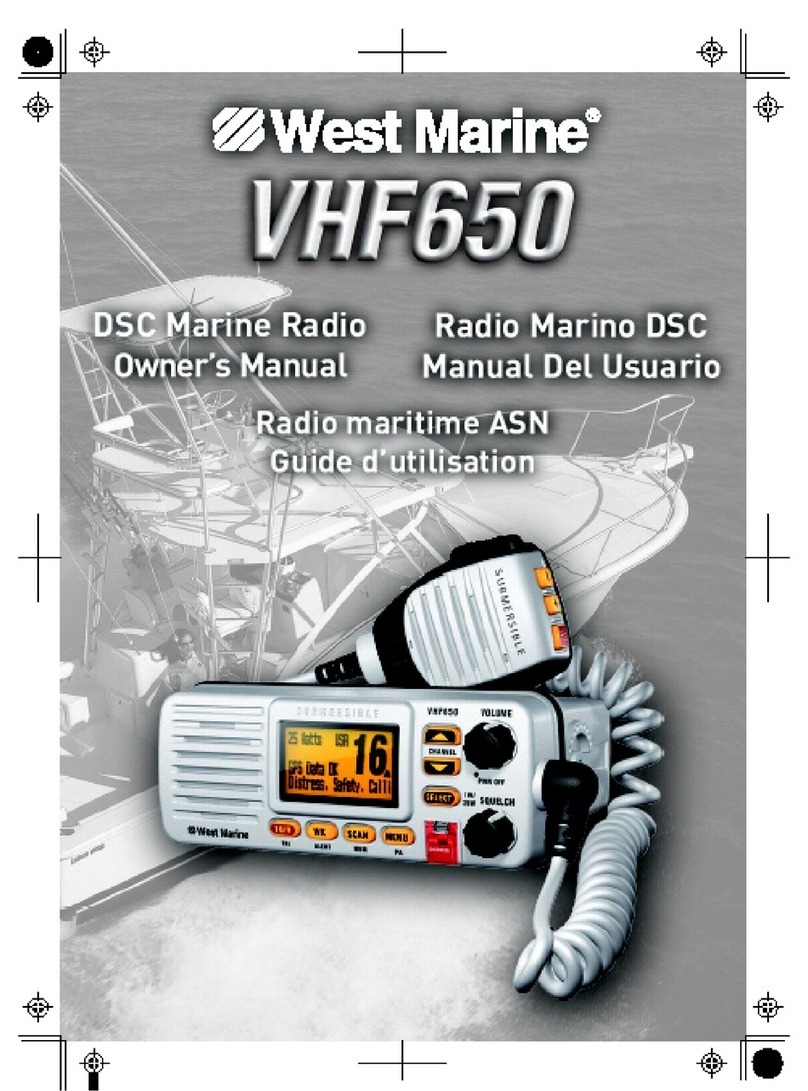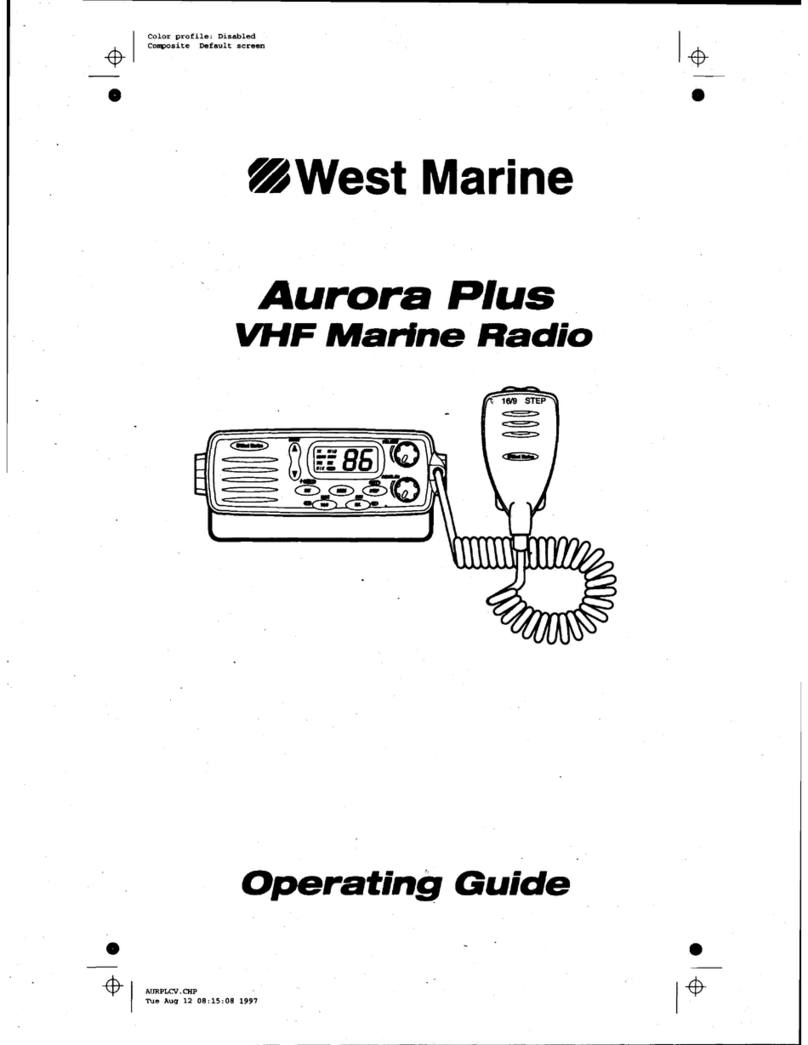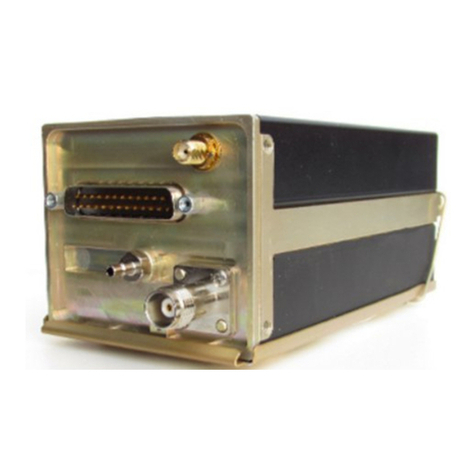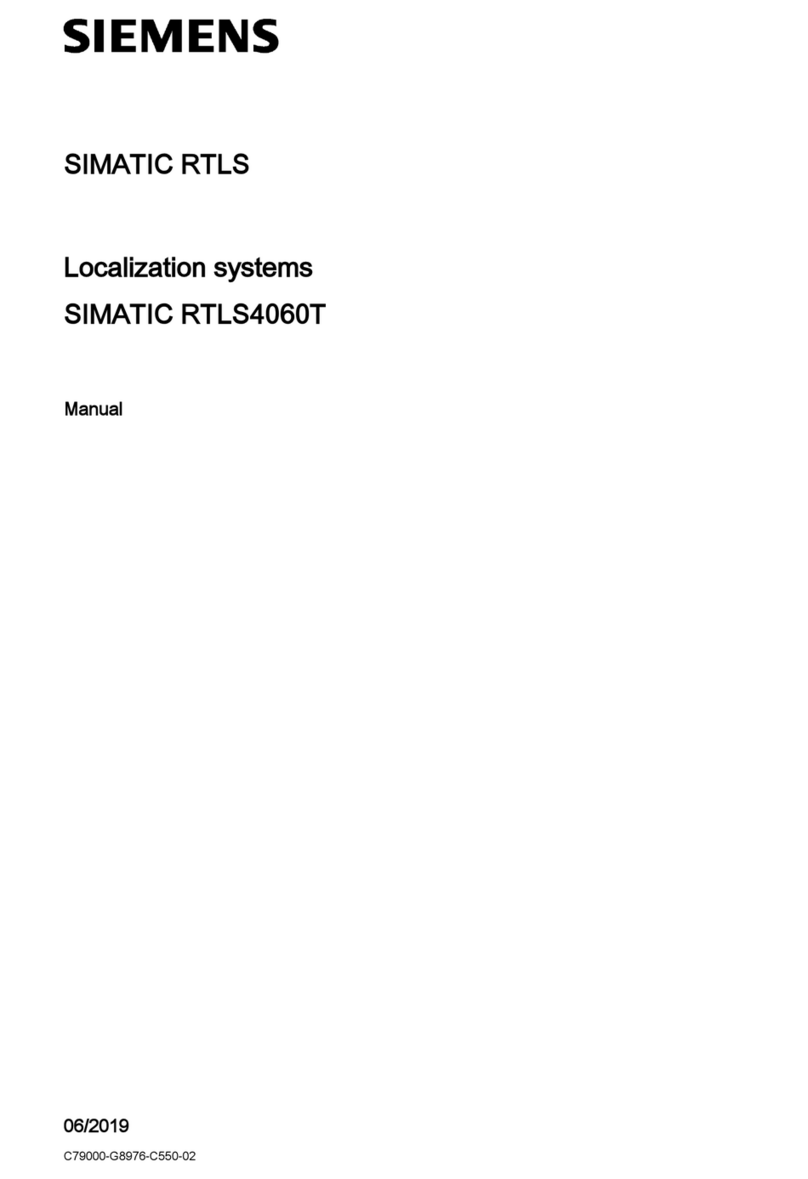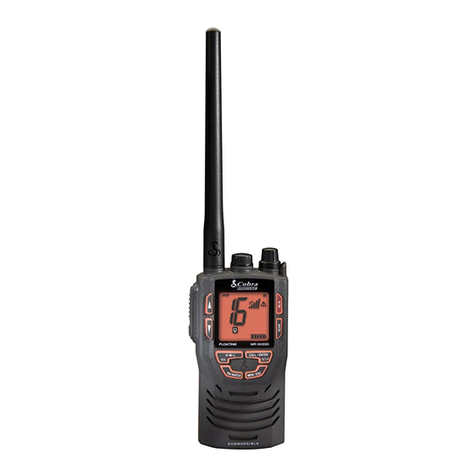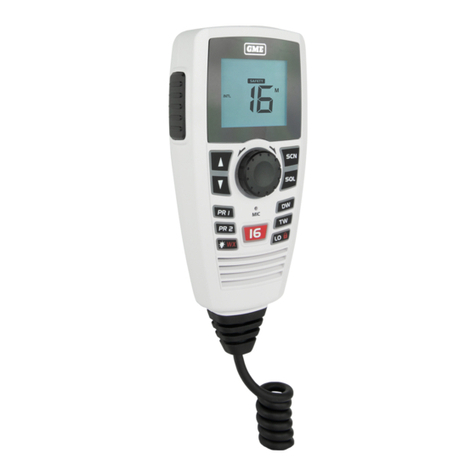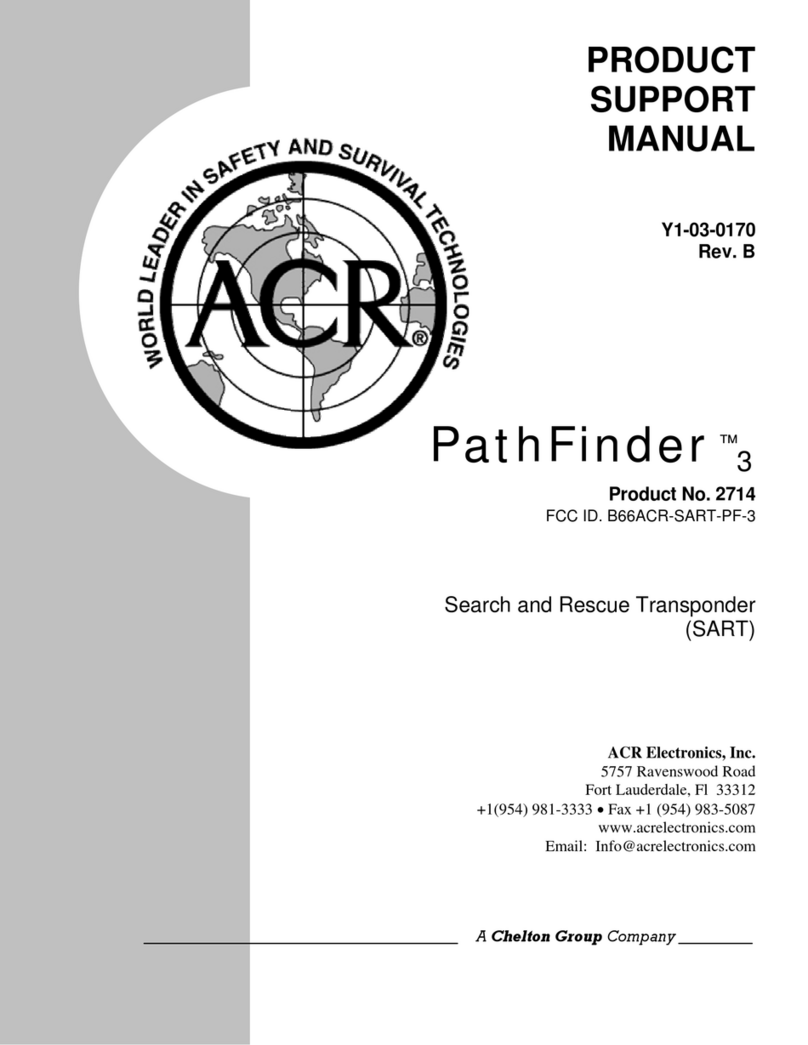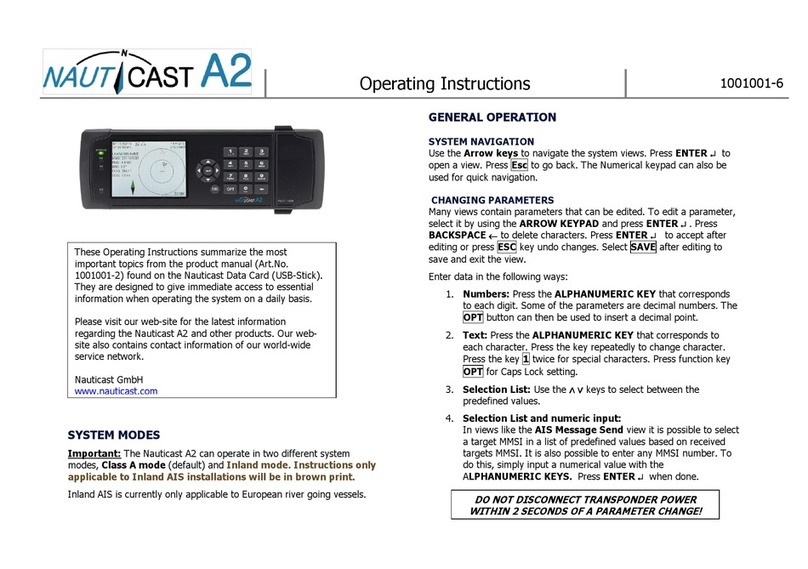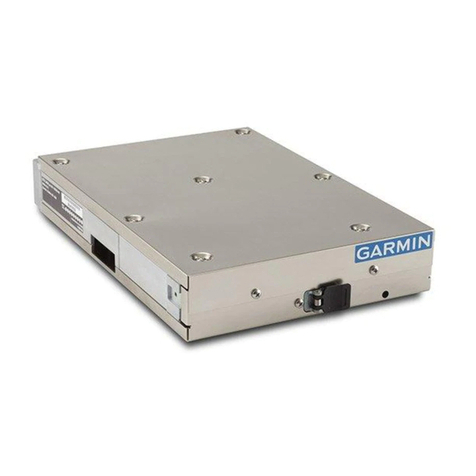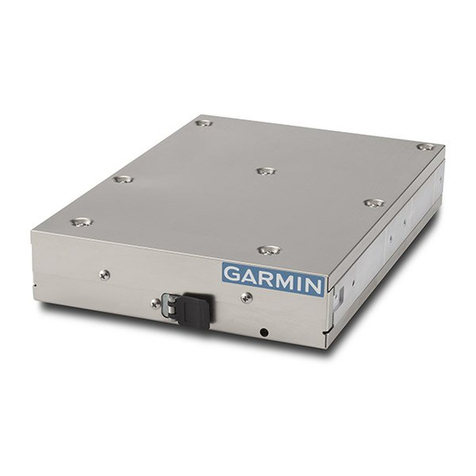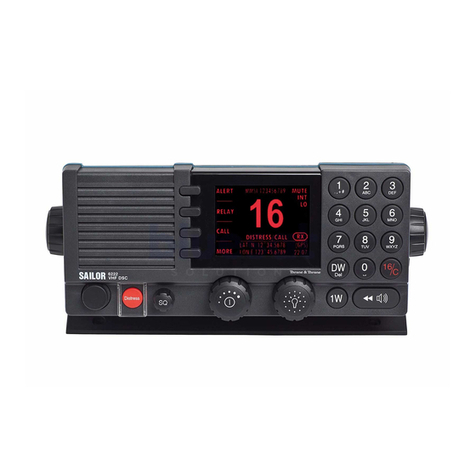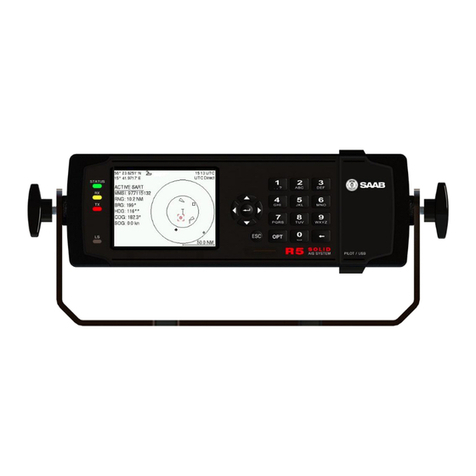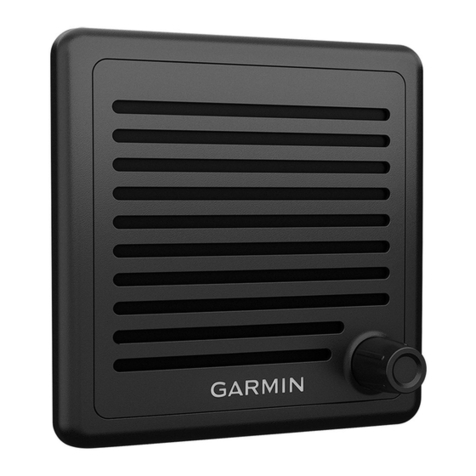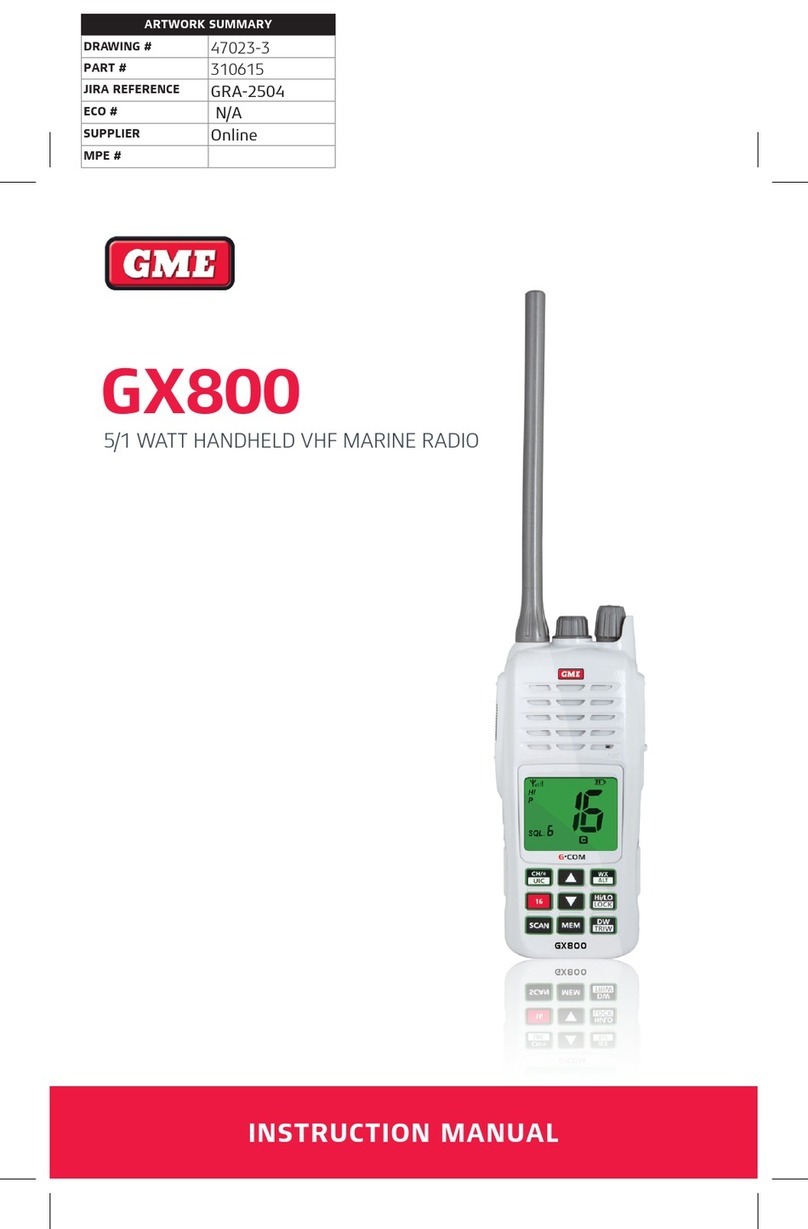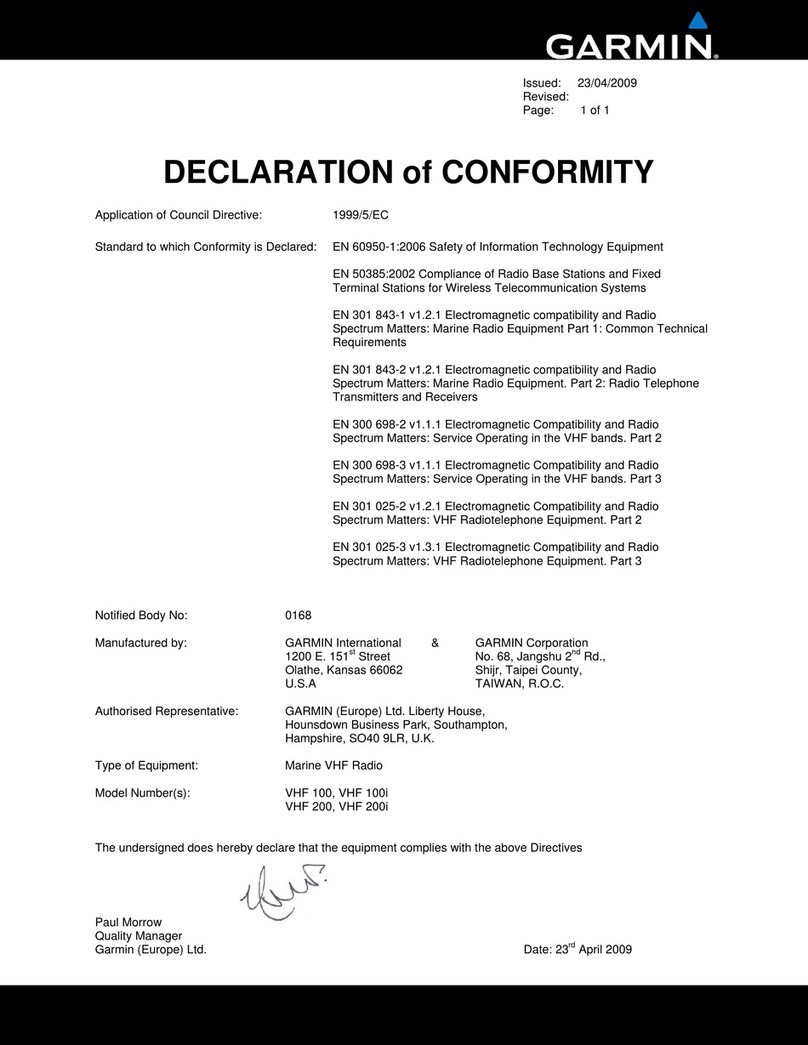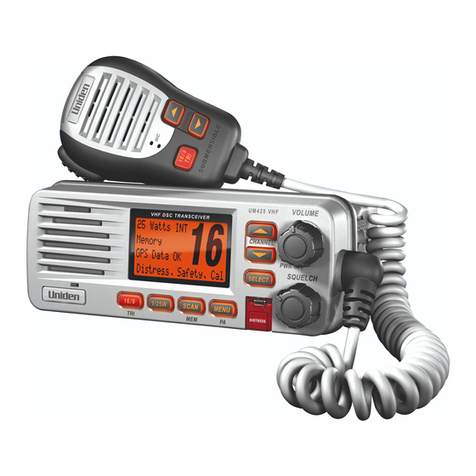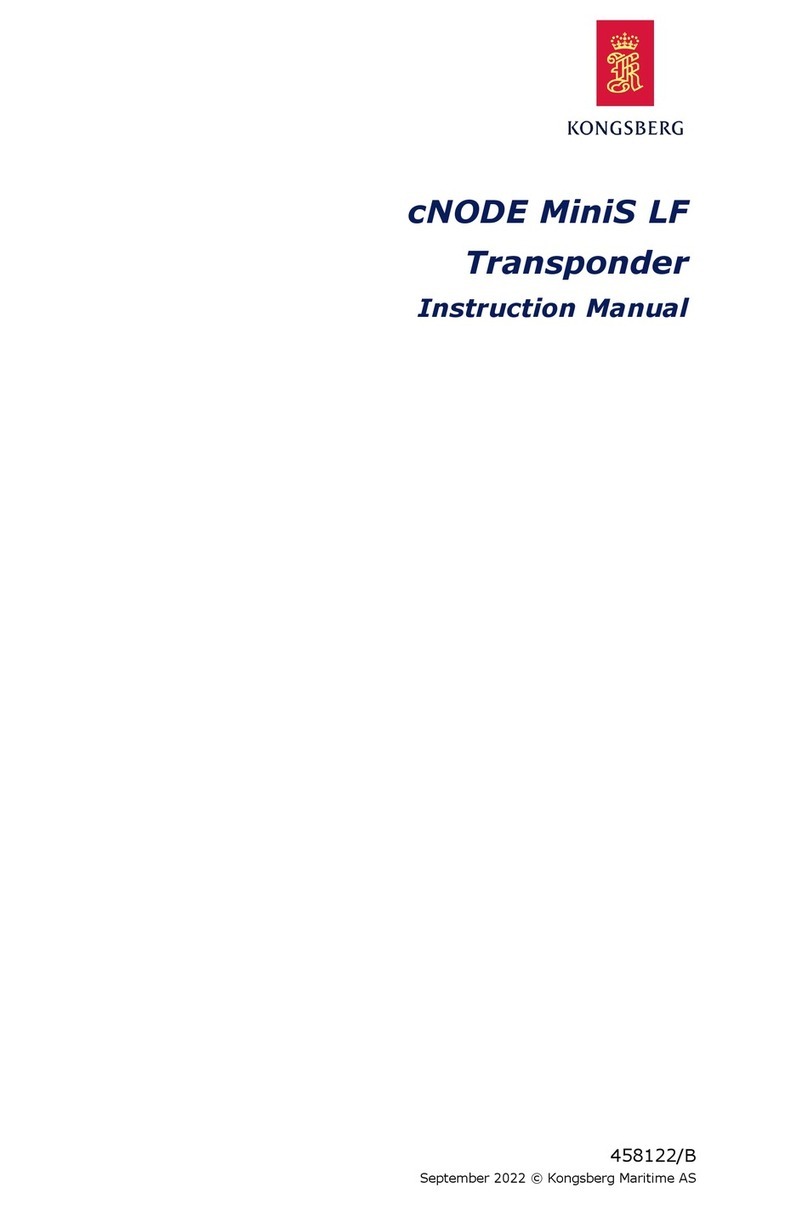West Marine VHF500 .............................................................................5
Included with your VHF500 ....................................................................6
Controls and Indicators...........................................................................7
Installation.............................................................................................11
Choosing a Location........................................................................11
Engine Noise Suppression ..............................................................13
Antenna Considerations ..................................................................13
Antenna Selection and Installation ..................................................13
Installing the VHF500 ......................................................................14
Operation ..............................................................................................15
Power On/Off...................................................................................15
Last Channel Memory .....................................................................15
Squelch............................................................................................16
Hailing and Distress Channel 16/Channel 9 Communications .......17
Marine Distress Procedure..............................................................17
Triple Watch.....................................................................................18
Selecting a Channel .......................................................................18
Weather Channels ..........................................................................19
Entering Channel Numbers into Memory Scan...............................19
Memory Channel Scan....................................................................20
Triple Watch Alert Scan ...................................................................20
Alert Scan ........................................................................................20
Weather Alert...................................................................................21
About S.A.M.E. Weather Alert .........................................................21
Setting the Transmit (TX) Power .....................................................23
Menu Operation....................................................................................24
Digital Selective Calling (DSC)........................................................25
Distress............................................................................................25
Individual Call.............................................................................27
Group Call..................................................................................28
All Ships Call ..............................................................................29
Position Request........................................................................31
Position Send.............................................................................32
Standby ......................................................................................33
Call Wait.....................................................................................34
Contents

